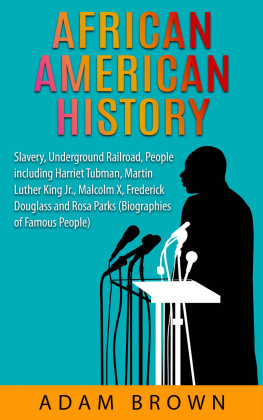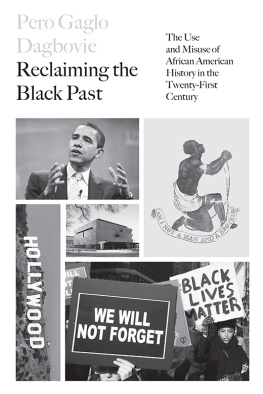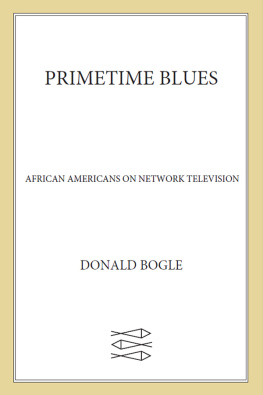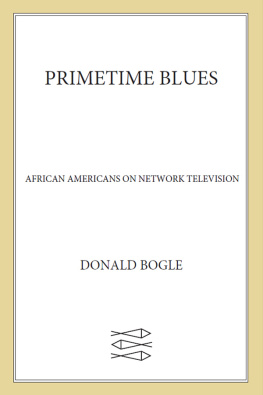On the Real Side

On the Real Side
A History of African American Comedy
Mel Watkins

Library of Congress Cataloging-in-Publication Data
Watkins, Mel, 1940
On the real side : a history of African American comedy / Mel Watkins.
p. cm.
Originally published: New York : Simon & Schuster, c1994.
Includes bibliographical references and index.
ISBN 1-55652-351-3
1. Afro-American wit and humorHistory and criticism. I. Title.
PS430.W38 1999
791.08996073dc21
98-52336
CIP
1994 by Mel Watkins
New material 1999 by Mel Watkins
All rights reserved
This paperback edition of On the Real Side is a slightly
emended reproduction of the edition published
in New York in 1994, with a new afterword by the author.
It is reprinted by arrangement with the author.
Published by Lawrence Hill Books
An imprint of Chicago Review Press, Incorporated
814 North Franklin Street
Chicago, Illinois 60610
ISBN 1-55652-351-3
Printed in the United States of America
5 4 3 2 1
FOR MY PARENTS, KATIE AND PITTMAN WATKINS, AND MY DAUGHTER, KIM.
ACKNOWLEDGMENTS
My fascination with and curiosity about African-American humor began in earnest when I heard Richard Pryors routines in the early 1970s. By 1979, I had decided to research the subject. I was fortunate enough to receive an Alicia Patterson Fellowship and, during 1979 and 1980, I spent a year in Los Angeles interviewing comedians, comedy writers, and studio executives, and gathering material. I thank the Alicia Patterson Fellowship committee and all those who cooperated with me during that time, especially Matt Robinson, Cecil Brown, comedians Flip Wilson and George Wallace (who was just starting his career), and a host of writers in Los Angeles. I am particularly grateful for the assistance of the late Honi Coles, with whom I spent many hours reminiscing about black performers in bars off and on Broadway in New York City.
I would like to thank all those at the Schomburg Library and the Lincoln Center Library for the Performing Arts for their assistance and advice. They were instrumental in leading me to the books, references, records, films, and other examples of African-American humor without which this study could not have been completed. Many others, like Phil Berger, author of The Last Laugh, contributed material and/or ideas for this study, and I thank them for their time and thoughtful contributions.
Lastly, I wish to thank those friends and acquaintances who provided editorial assistance or supported me morally and sometimes financially while this book was being written. George, Nancy, Herb, Cherry, Pat, Russell, and my parents, are among them. They, and others whom Ive undoubtedly overlooked, know who they aremore important, they know that I know who they are.
CONTENTS
PART TWO: THE OUTSIDE
African-American Comedy on
Stage, Screen, and Radio
PART THREE: THE REAL SIDE
Invisible Lives and Clandestine Humor
INTRODUCTION
When asked about the nature of his own work and that of other black comedians, comic actor Godfrey Cambridge replied: The line that leads to Moms Mabley, Nipsey Russell, Dick Gregory, Bill Cosby and myself can be traced back to the satire of slave humor, back even through minstrelsy... Aside from suggesting that minstrelsy preceded slave satire, Cambridge was correctup to a point. For African-American humorlike much of black Americans speech, dance, and musicwhile most certainly shaped and molded by the initial slavery experience in American, has even more ancient roots. The line that leads to Mabley, Russell, Gregory, Cosby, Cambridge, as well as to Bert Williams, Stepin Fetchit, Mantan Moreland, Pigmeat Markham, Redd Foxx, Flip Wilson, Richard Pryor, and comedians of the eighties and ninetiessuch as Eddie Murphy, Whoopi Goldberg, Sinbad, Damon Wayans, and Martin Lawrenceactually can be followed all the way back to West Africa, the homeland of an estimated fifty percent of all Africans brought to the Americas.
Still, the complexity of black humor and its impact on Americas larger comic tradition has been largely ignored. This avoidance is partially the result of mainstream Americas general reluctance to acknowledge black Americans influence on American cultureparticularly on an aspect of that culture that, by its very nature, is primarily cognitive and often critical of mainstream society. For instance, many books on American humor either avoid the contribution of blacks altogether or dismiss it in one or two short paragraphs. Biographies of leading white comedians such Milton Berle, Groucho Marx, and Bob Hope, while often lauding the achievements of their nonblack colleagues, often completely ignore the work of estimable black comics with whom they performed or, at the very least, with whose work they must have been familiar. When one considers that during vaudeville some of these comedic stars worked with black performers who were routinely shuttled from one position to another on Broadway bills because white acts were intimidated by having to follow them or, worse, quite simply fired because they were too good, such deletions seem suspiciously more than mere oversight.
In the late 1950s, in an Ebony magazine article Steve Allenthe versatile entertainer, writer, and humorist who hosted NBC televisions Tonight Show in the early 1950s argued that our society would not permit the emergence of black comedians who were the equivalent of Bob Hope, much less any that were the equivalent of Lenny Bruce or Mort Sahl. In a more recent book, Allen amended his earlier remarks, noting that the sixties social revolution created a climate in which more cerebral comedians such as Dick Gregory and Richard Pryor could flourish. But, despite the surfacing of talents such as Gregory and Pryor, mainstream America still does not readily acknowledge the tradition that to a great extent molded the style of these performers. They are usually treated as individual phenomenons, geniuses, with no attachment to a rich and viable cultural heritage of their own.
The underestimation of black Americas contribution to the American comic style is partially due to black sensitivity regarding its own comic tradition. One of the characteristics of black American humor as is also the case with Jewish or Irish humoris a tendency toward self-mockery or self-deprecation. Having been so vehemently maligned and negatively stereotyped by mainstream society, blacks have been understandably wary of adding to the fire by revealing the often denigrating self-appraisals that emerge from their own humor. The furor over the 1950s television show, Amos n Andya subject that will be treated at length lateris an example of African Americas thin-skinned reaction to public performances that disclosed heretofore veiled aspects of their private humor. Despite the shows enormous popularity, complaints from civil rights organizations and the black community about its stereotypical portrayals of black family life and black professionals led to its being lifted from the air.
On the Real Side on one hand attempts to document the growth and development of the black American comic tradition and to demonstrate how that tradition emerged as one of the major shaping forces on American humor in general. In addition it is intended to probe the relationship between black private and public humor, and to explore the reasons for blacks extreme sensitivity over the rich but, until very recently, closely guarded humorous style that has grown out of their experience as slaves and second-class citizens in America. In so doing, it may provide some valuable insight into the nature of life in the United States generally. For, as we shall see, comedywhat Americans laugh
Next page







